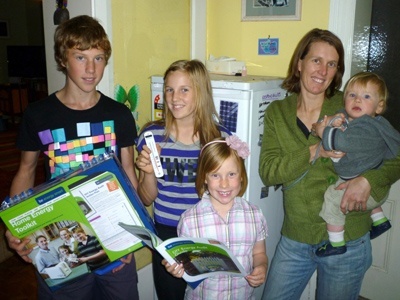Solar power in Victoria and other technologies for renewable energy sources are in developmental stages including that for solar panels for rooftops. Even so, the Vic solar panels in Southern Australia, for instance, have already been shown to reduce electricity consumption in a considerable number of homes.
Power stations fired by coal dominate Australia’s electricity generation, major contributors to one third of the country’s greenhouse gas’ net total of emissions.
Reconfiguration of the National Power Grid
Substantial reduction of these emissions include options such as the introduction of technologies that utilise “clean coal” to geo-sequester CO2 by substituting these power stations with sources of renewable energy from biomass, wave, wind, geothermal and solar.
These sources have been criticised by some for being unsuitable to provide base load power due to their intermittency, they have generated continuous electrical energy, albeit in a relatively small capacity.
To effectively utilise renewable energy alternatives to coal and gas for electrical generation, a reconfiguration of the nation’s power grid will have to be conducted to reduce losses of transmissions from more remote sources such as geothermal sites, and to integrate inputs from viable sources.
A Solar Investment Option
Victoria in Australia is only one among several places where a number of solar panel installations are taking place in rapidly growing numbers, an investment option that is fast becoming popular.
Solar panels are now in a large number of residences as well as business establishments in Victoria and Melbourne, even with the withdrawal of Government’s subsidies.
Government’s Solar Rebate Program
Victoria Government incentives coupled with Australia’s Federal Government’s rebate program schemes are credited for the burgeoning uptake of solar panels for rooftops. Government offers solar systems through its scheme called as the Renewable Energy Target, considered small scale because of their less than a hundred kilowatts capacity, with a discounted installation cost upfront. In Melbourne, for instance, the purchase of a solar system of three kilowatts has a discount of $1,590.
The rise of electrical power cost has been consistent all over Australia for the past several years. This condition has driven Government to grow interest in solar photovoltaics as an energy source and as a means to alleviate the consumer’s burden of having to pay astronomical fees for power consumption. Government’s rationale is simple: those who are able to produce more of their own electrical power need not shell out the cash to buy as much from the national power grid.
Mutually-Favorable Transaction
For the past recent years, installation fees of panels based on solar panel quotes Melbourne have decreased, mainly to the steady competition between Australian installers. Victoria’s feed-in tariff (FIT) scheme works on an incentive-based program based on the current rate of 8c/kWh for new applicants. This rate is less than the amount which households allocate for each power unit purchased from electrical utilities.
The Vic solar rebate scheme actually encourages consumers to utilise solar power as much as possible in order for the Australian Federal Government to pay them per kilowatt hour for giving the excess of their solar power consumption right back into the grid. This benefit may be termed as “self-consumption” and, in more ways than one, is also one of the more mutually-favorable transactions between consumers and Government.

